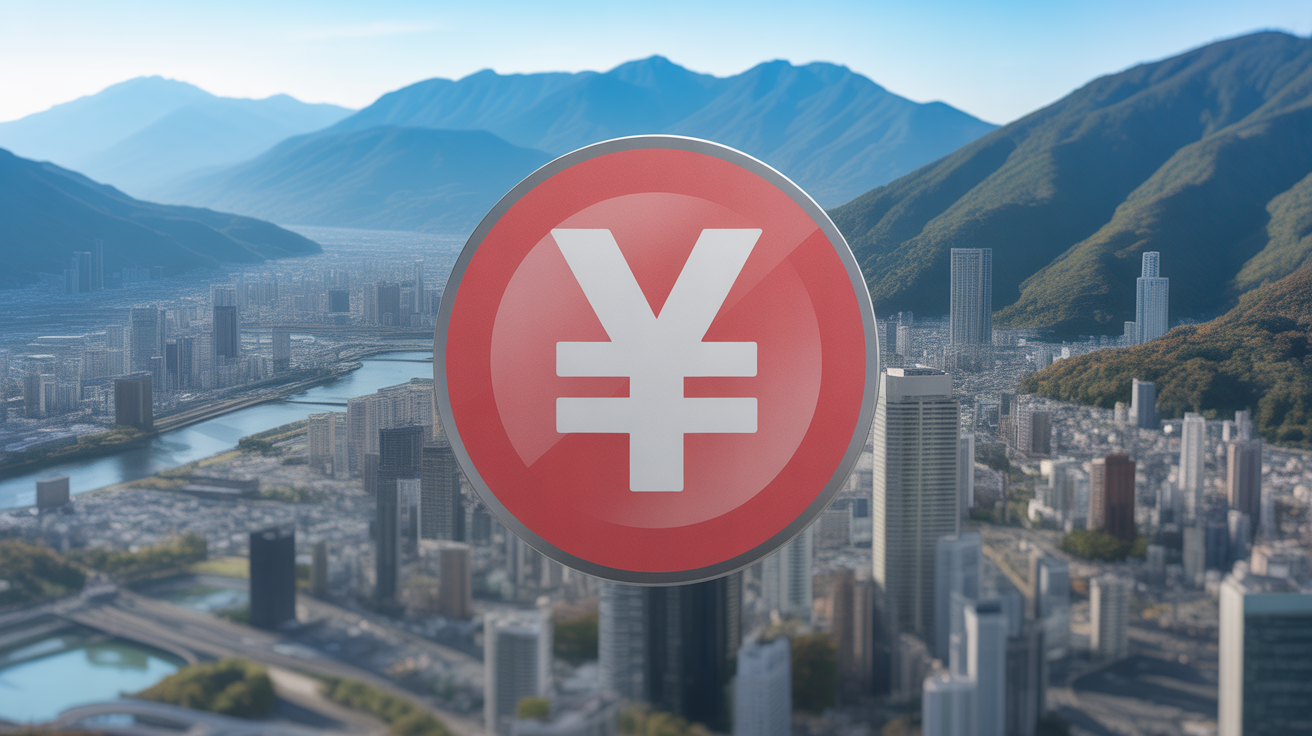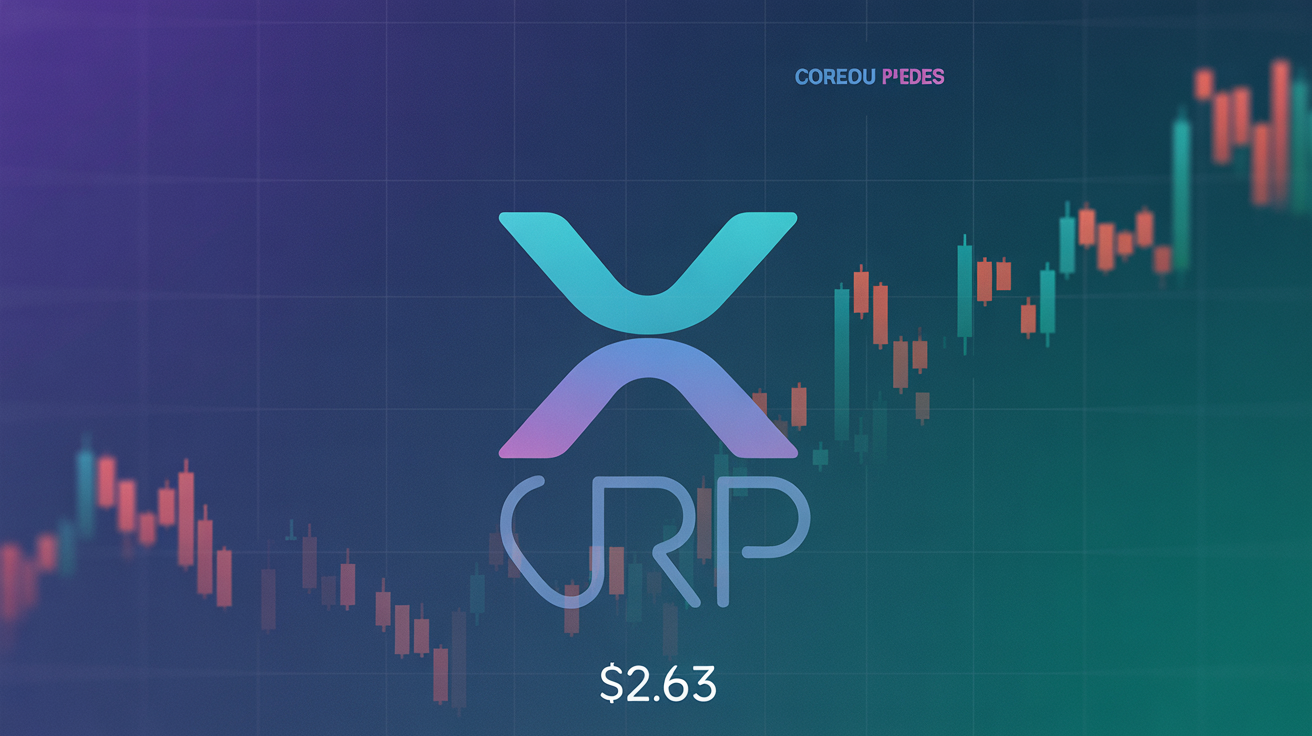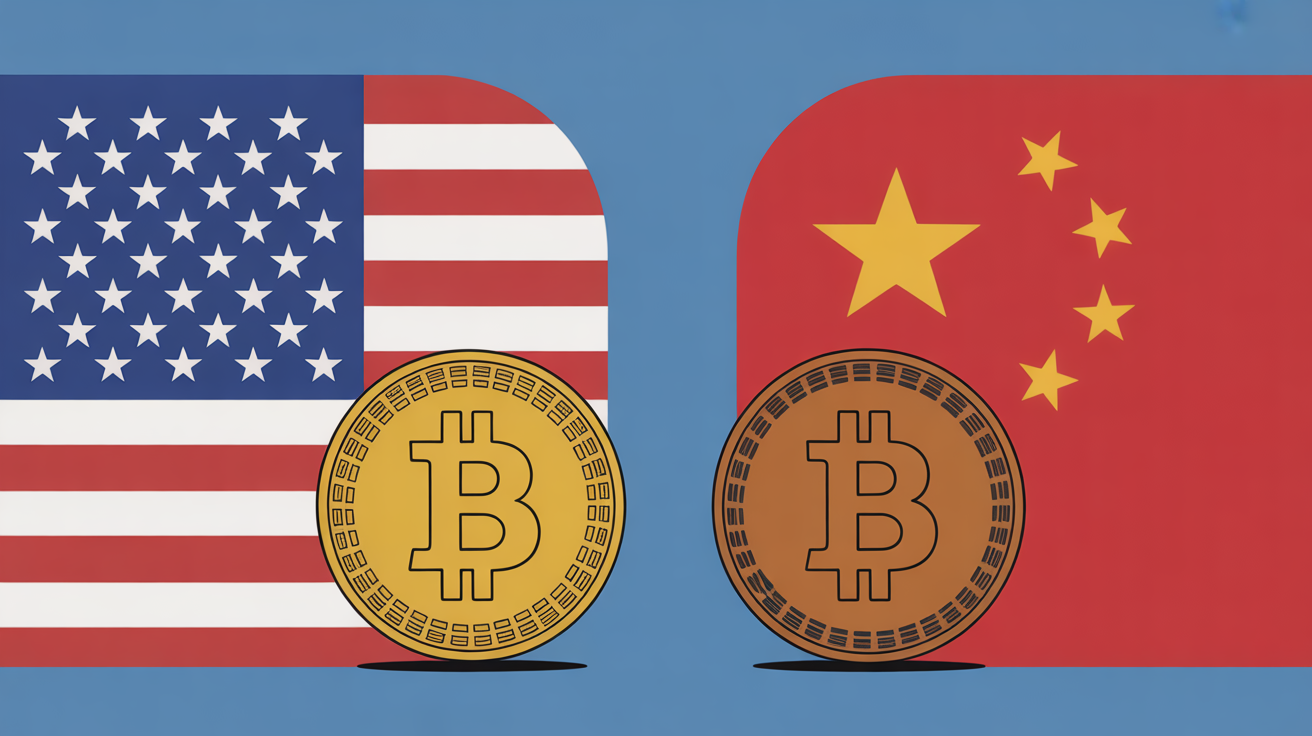
Japan’s JPYC Launches World’s First Global Yen Stablecoin, Setting It Apart From Asia’s Onshore Experiments
Japan has achieved what few Asian economies can: the creation of a globally usable, fiat-backed stablecoin.
A Global-Ready Yen Token
JPYC on Monday launched the world’s first fully redeemable yen-pegged stablecoin — a digital yen backed by Japanese government bonds (JGBs) and domestic deposits. Unlike many of its regional counterparts, JPYC’s token can circulate internationally thanks to the yen’s status as a freely convertible currency.
The issuer said it will not charge transaction fees, instead earning revenue from interest accrued on its JGB holdings. With long-dated JGB yields now above 3%, the model provides a sustainable income base without relying on speculative on-chain yield.
Why Japan Stands Apart
While Japan’s move builds on decades of liberal financial policy, most Asian peers remain constrained by capital controls that prevent their currencies from circulating offshore.
The yen’s convertibility traces back to reforms in the 1980s that dismantled Japan’s postwar capital restrictions, giving rise to the euro-yen market — a vast offshore system where banks and investors freely trade and lend yen.
By contrast, South Korea’s won remains confined to domestic markets under strict foreign exchange rules designed to curb speculation. A won-backed stablecoin, therefore, would be limited to local settlements among verified users, offering little value in a market already equipped with instant interbank transfers.
Taiwan’s new stablecoin framework faces similar limits. While the Taiwan dollar is technically convertible, it sees virtually no offshore use. Local regulation mandates that reserves stay fully onshore and under central bank oversight, preventing cross-border circulation and effectively keeping any NTD stablecoin domestic-only.
Hong Kong’s currency, the HKD, may be an exception — freely traded and pegged to the U.S. dollar. Yet as analysts note, the peg itself makes HKD nearly indistinguishable from the greenback, diminishing the need for a separate stablecoin.
Liquidity and Policy Advantage
The Bank of Japan’s openness to offshore use of the yen gives the new JPYC token a structural edge. Unlike regional alternatives, it can support both domestic payments and cross-border settlement — making it Asia’s first truly global fiat-pegged digital asset.
Rising JGB yields add another tailwind. With Japanese bonds now providing meaningful interest income, JPYC can sustain operations through passive yield rather than transaction fees or speculative returns — a rare trait in the stablecoin industry.
Toward an On-Chain FX Market
According to the Bank for International Settlements, global FX volumes averaged $7 trillion per day in 2024, peaking at $9.6 trillion in April. The dollar was involved in 89% of trades, with the yen participating in nearly 17%. The USD/JPY pair ranks among the world’s most traded.
With both the U.S. and Japan regulating fiat-backed stablecoins, analysts see potential for an on-chain FX ecosystem pairing dollar and yen stablecoins. Such a pool could replicate traditional foreign exchange markets on decentralized rails, offering regulated, fully reserved settlement between two major global currencies.
Adoption Still an Open Question
Even with its unique legal clarity and convertibility, demand for a yen-backed stablecoin remains uncertain. Euro-pegged stablecoins, for example, have long existed but remain niche despite the euro’s global use.
JPYC’s success may hinge on whether global traders and institutions see value in diversifying away from dollar dominance — or whether, as in traditional finance, the dollar’s liquidity remains impossible to dislodge.






